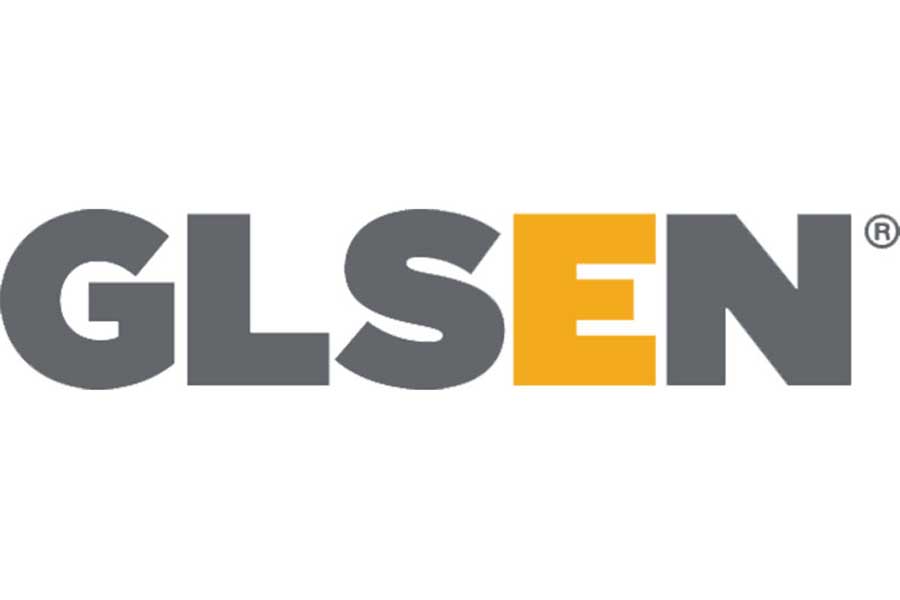Students are more aware of their LGBT peers than in the past decade, but biased language persists, according to a report released last month by GLSEN, an organization that focuses on LGBT equality in K-12 educational settings.
“From Teasing to Torment: School Climate Revisited, A Survey of U.S. Secondary-School Students and Teachers” follows up on research conducted by GLSEN in 2005. The organization analyzed data that Harris Poll collected online from 1,367 students aged 13-18 and 1,015 teachers.
The report found that the most common types of biased remarks included using “gay” in a negative way and racist remarks. The least commonly heard remarks were negative comments about the transgender community; only 14.2 percent of students heard negative things about transgender people.
The report also noted that over a third of students — 35.8 percent — reported having teachers or staff who intervened often when they heard racist or sexist remarks. Slightly less — 28.3 percent — reported seeing teacher and staff interventions in instances of homophobic remarks.
Notably, more than half of the students reported having an anti-bullying policy that included specific protections for LGBT people. Schools with an LGBT-inclusive policy heard homophobic and racist remarks less often compared to students in schools without such a policy.
The same trend held for exposure to LGBT-inclusive curricula. One-fifth of students surveyed said they had received lessons about LGBT people, history or events. When LGBT topics were covered in class, students reported lower levels of LGBT-related harassment.
For more information or to view the full report, visit www.glsen.org.

